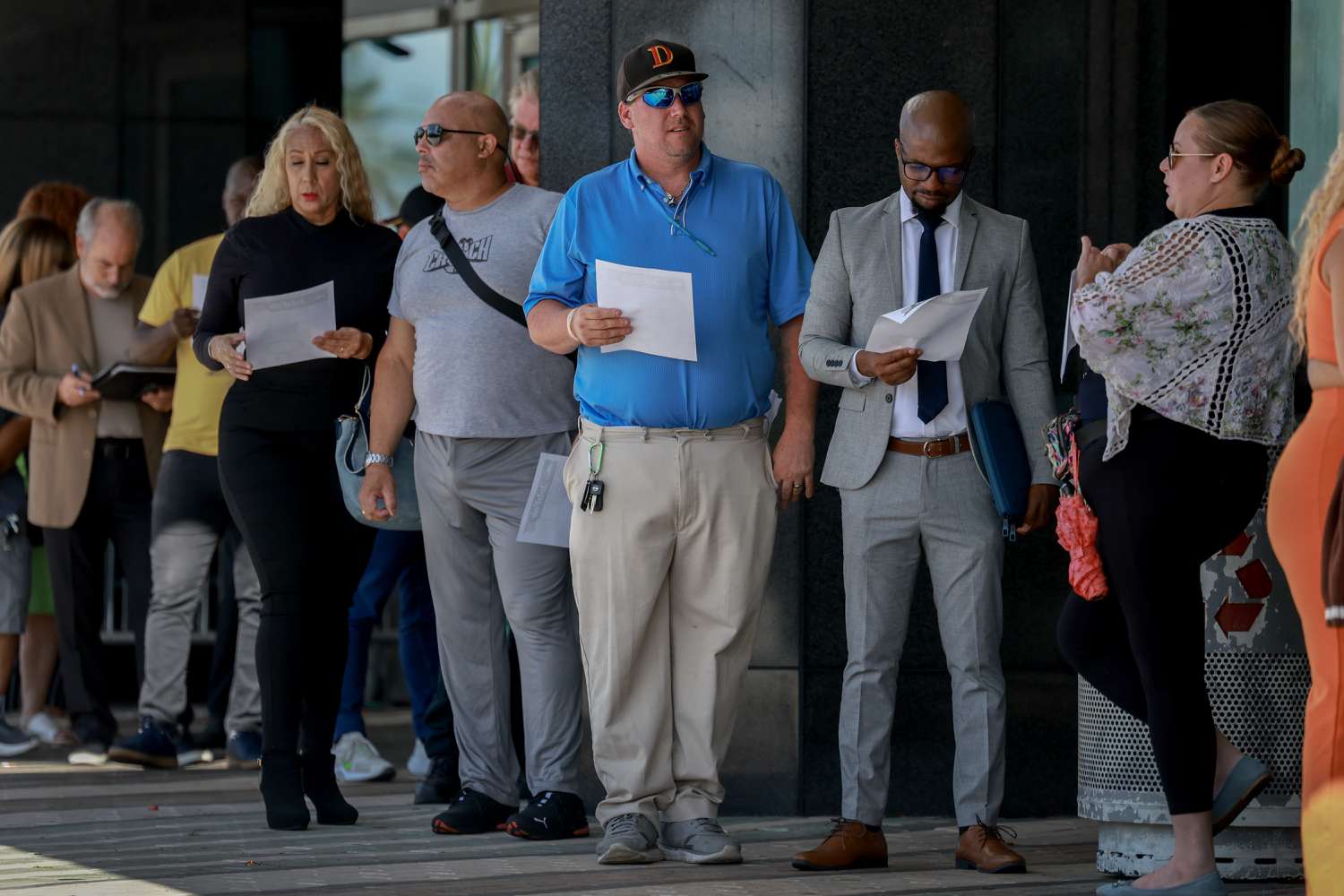Weekly Jobless Claims Fall as Labor Market Resilience Continues
- August 8, 2024

Key Takeaways
- Initial jobless claims came in softer than expected at 233,000, giving some economists more confidence that the labor market still has some strength.
- Last week’s higher jobless claims numbers were likely the results of weather and seasonal closings, economists said.
- Continuing claims moved higher, suggesting more labor market woes could still be in store for the economy.
The labor market may not be as weak as previously thought, according to unemployment claims data published Thursday.
First-time unemployment claims came in at 233,000 for the week ending August 3, lower than the 240,000 that economists surveyed by the Wall Street Journal and Dow Jones Newswires projected. Initial jobless claims for the prior week were revised higher to 250,000, which some economists attributed to weather and seasonal auto plant shutdowns.
“If you’re looking for additional weakness in the labor market, you’ll need to find it somewhere else,” said Robert Frick, corporate economist with Navy Federal Credit Union.
Economists See Cooldown, Not Recession
Last week’s jobless claims report helped spur a selloff in the market , along with other data that showed employers could be slowing hiring .
U.S. stocks were higher in early trading Thursday after the jobless claims data. Investors were closely watching this week’s initial jobless claims for signs of a struggling labor market, which could push the Federal Reserve to cut interest rates faster or more aggressively than expected to avoid a recession.
“To us, the data suggest we’re on track for a cooldown—not a recession,” wrote Oren Klachkin, financial market economist at Nationwide.
A strong job market was a factor in continued economic growth over the past two years, including helping keep the U.S. out of a recession that many economists saw coming in 2023.
While the results were better than economists expected, the data still pointed to a slowing jobs market, with the number of continued claims for benefits moving higher on the week.
“The increase is also consistent with a labor market where hiring has slowed and unemployed individuals are finding it more difficult to find new jobs,” said Nancy Vanden Houten, senior economist at Oxford Economics.
